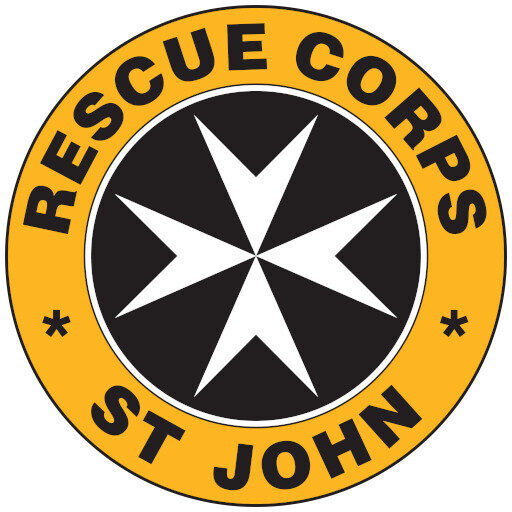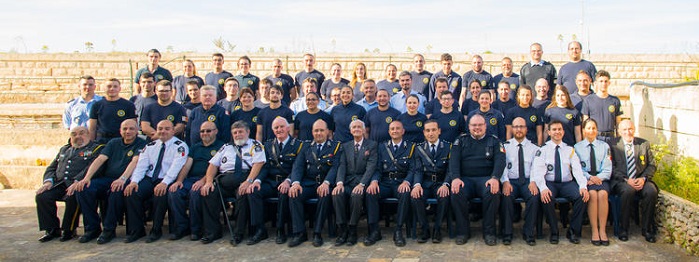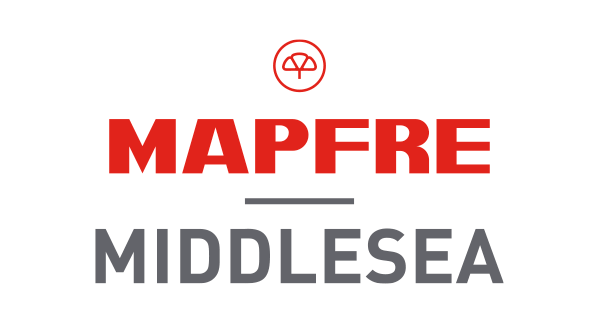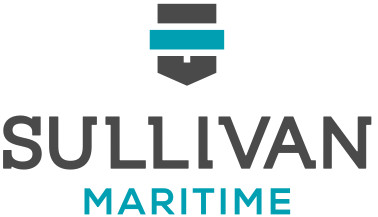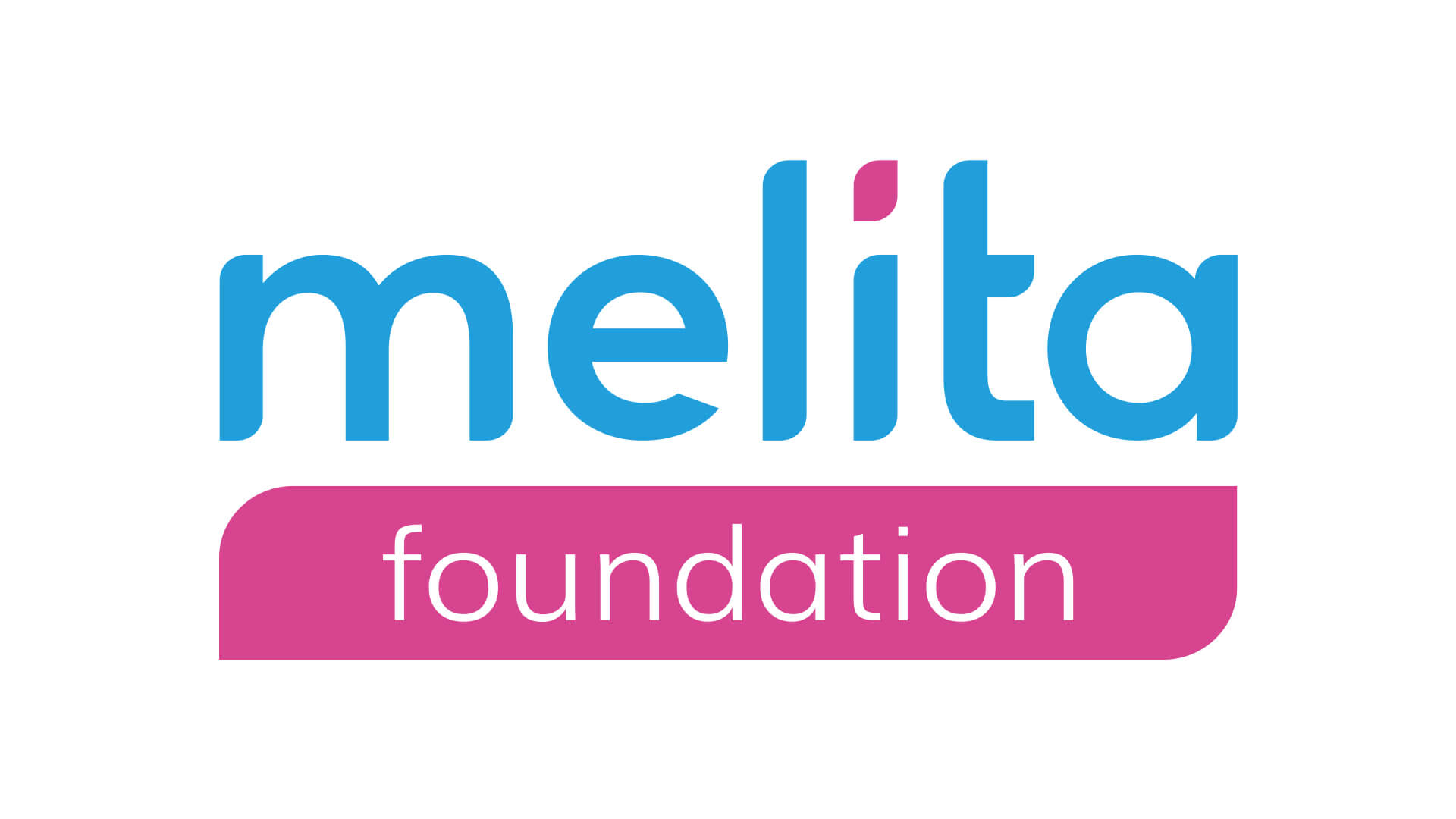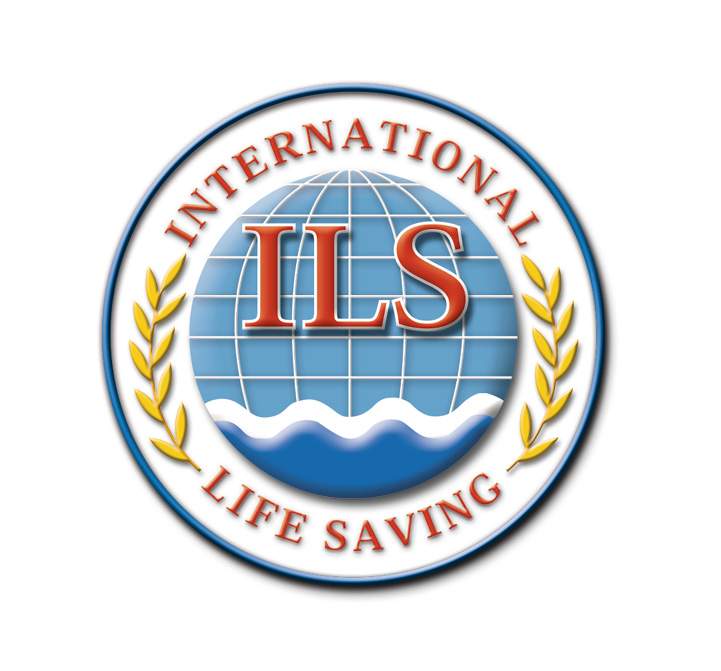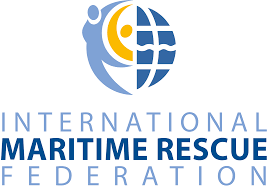St John Rescue Corps (SJRC) is a voluntary organisation founded in 1986, by the first Corps Commander, The Marquis Buttigieg De Piro,to meet the need in Malta of a support civil defence unit consisting of adult volunteers fully trained in rescue and first aid. St John Rescue Corps is part of St John Association Malta, and operates under the auspices of The Most Venerable Order of the Hospital of St John of Jerusalem.
The mission statement of St John Rescue Corps is to provide a uniformed voluntary Corps of organized and fully trained adults, able to carry out rescue operations and first aid efficiently. They are to be prepared to go into action as an individual unit, in support of the constituted authorities of the Maltese Islands, when officially called upon by them.
Over the past 30 years, our volunteers have assisted in many emergency and community services. In 1995, SJRC was involved in its first major deployment, when the Libyan tanker Um El-Faroud exploded in the then Malta Drydocks. Since that time SJRC assisted in many emergencies including various industrial fires, searches for missing persons and fireworks factory explosions.
Today, SJRC provides backup rescue services to the Civil Protection Department (CPD). Through its fleet of fire trucks, rescue boats and trained volunteers, the Corps assists the CPD: to combat large fires and fireworks factory explosions and to rescue people and salvage property during floods.
Our rescue teams regularly cover community events including: national festivals & concerts, sports events, and village feasts. Additionally, our high-angle rescue team is regularly involved in initiatives aimed at preserving Malta’s national heritage. These initiatives involve clean-up operations of our fortifications and bastions. Our volunteers are also involved in pool and beach lifeguarding duties.
Our unpaid volunteers come from all walks of life including: university, sixth form and MCAST students; electricians; engineers; teachers and managers.
SJRC, together with St John Ambulance First Aid & Nursing and St John Training, forms part of St John Malta which operates under the auspices of the Order of St John, of which Her Majesty Queen Elizabeth II is the Sovereign Head.
Headquarters Unit & Rescue Teams
The Corps has a central Headquarters Unit, which is composed of Officers who advise and assist the Corps Commander.
Apart from a central Headquarters Unit, the Corps is composed of active and reserve volunteers who form part of a number of rescue teams.
Membership
There is no regular paid support for the Rescue Corps. It is entirely composed of highly dedicated, unpaid, part-time volunteers. The organisation is made up of regular volunteers and a few reservists. Officers, Non-commissioned Officers and volunteers all mess together and wear the same uniform apart from rank and insignia, in the tradition of a corps of gentlemen volunteers.
Rescue Vehicles & Equipment
The Rescue Corps is not funded or supported by any entity or organisation. Whilst it has managed to secure a number of donations of specialized equipment and vehicles over the years, it does not receive regular funds from any particular source.
The Corps Fleet includes two Fire Trucks, two Rapid Response Panel Vans and a 4×4 Vehicle that were generously supplied by Merseyside Fire and Rescue Services (UK).
The specialized equipment gives the Corps capabilities to combat fires, perform high angle rescues and extricate casualties from collapsed structures or vehicles involved in collisions. This equipment is regularly serviced and used for training and during deployment by its members.
Training
The Human Resources Management branch coordinates training for new recruits and active volunteers.
Each recruit must be over eighteen years of age, physically fit for the rigours of rescue work and must undergo a program of basic training which includes basic first aid, light rescue and foot drill, which is also part of the initial training. Cadet volunteers may join at the age of 16.
After this, a fully trained and certified Rescue Volunteer Class I is required to undertake a minimum of training every month. Many of the volunteers take further advanced courses during weekends in the more specialised and demanding fields of heavy rescue, cliff (high-angle) rescue, fire fighting, first aid and rescue diving.
The Corps also offers its volunteers other training options such as watermanship, climbing, abseiling and physical training, the aim being to inspire more confidence and to maintain physical fitness.
Most of the officers of the Corps as well as some of the senior leaders, qualified in Special Rescue Training at the Katastrophenschutzshule des Bundes – the Federal German Civil Defence Staff Training School in Ahrweiler, Germany.
The Rescue Corps has taken part in numerous exercises together with the Department of Civil Protection in Malta, the Malta Police Force and the Armed Forces of Malta.
More information about training.
Rescue Operations
In 1995, the St John Rescue Corps proved itself in its first major national call to duty, when the Libyan tanker Um El-Faroud exploded in the Malta Drydocks, tragically claiming the lives of nine workers. Members of the Corps involved in the rescue operation were highly commended for their bravery in assisting the Special Assignment Group Police Rescue Team to recover the remains of the workers, in a very difficult and hazardous operation.
Today the St John Rescue Corps provides backup rescue services to the Civil Protection Department. Such rescue operations include combating large fires such as the Foster Clarks Factory fire (June 2012), the Drop Chemicals fire (April 2011), fireworks factory explosions like the Qormi (February 2010) and Mosta (August 2010) incidents, floods and other major accidents.
Download the SJRC brochure [PDF].
